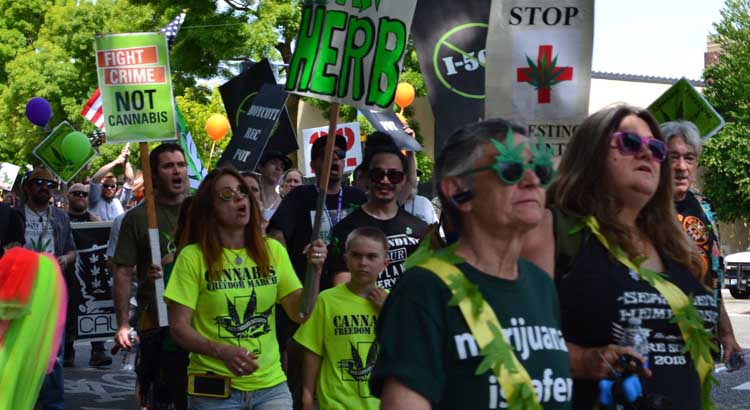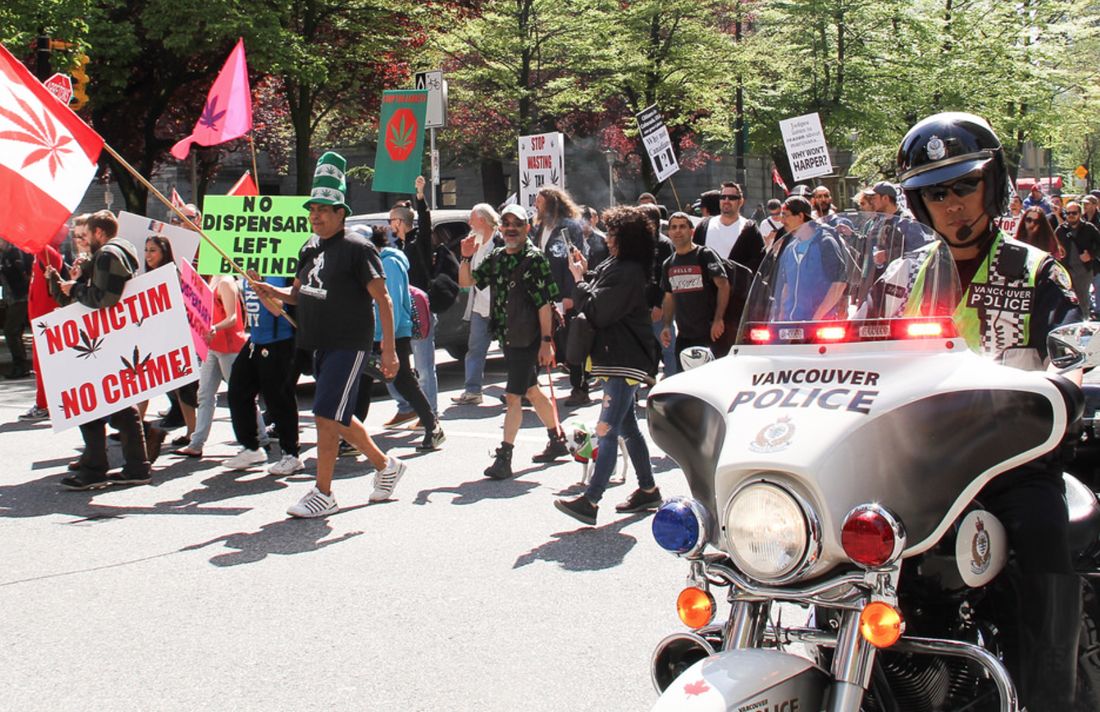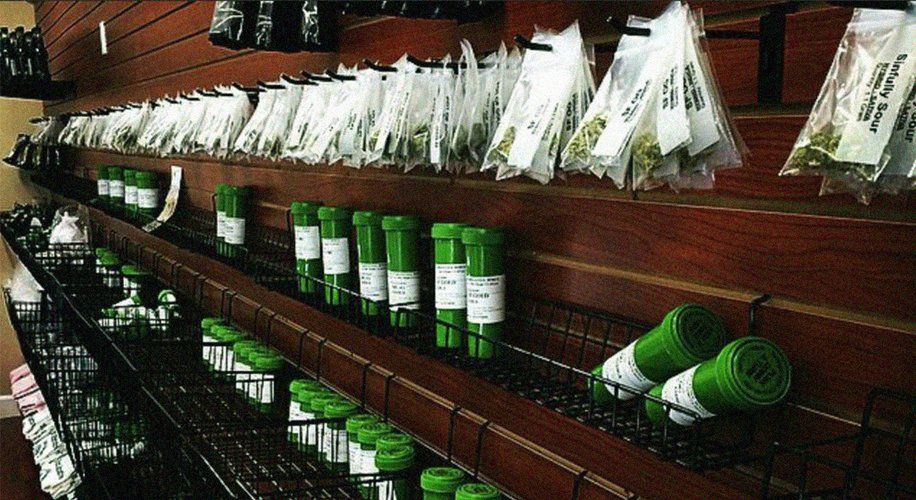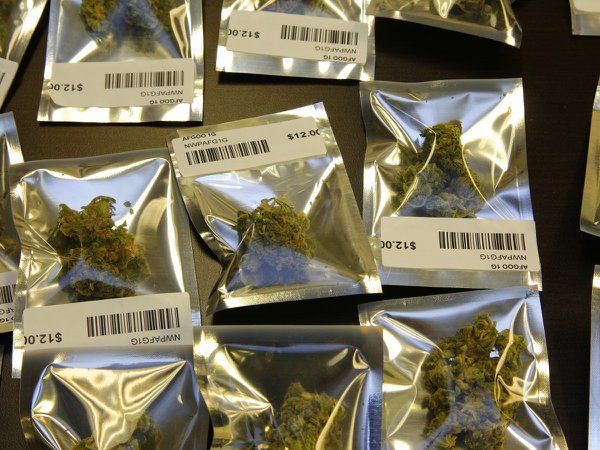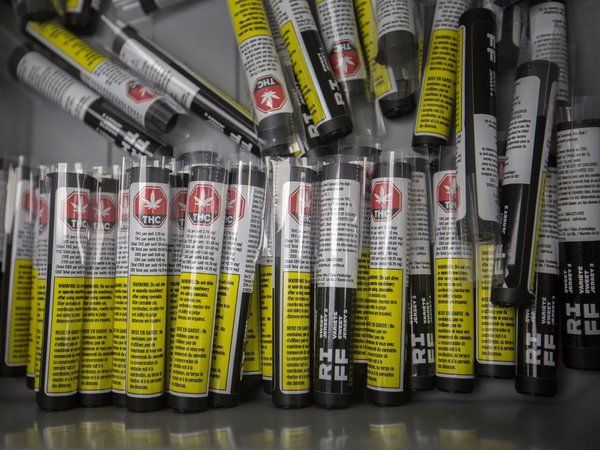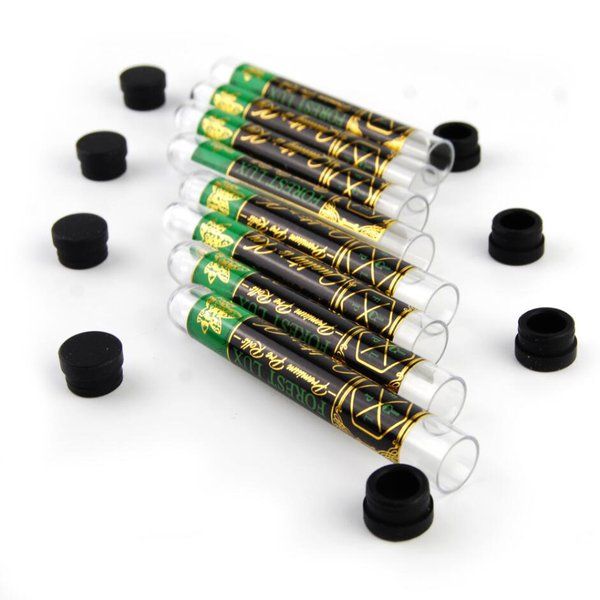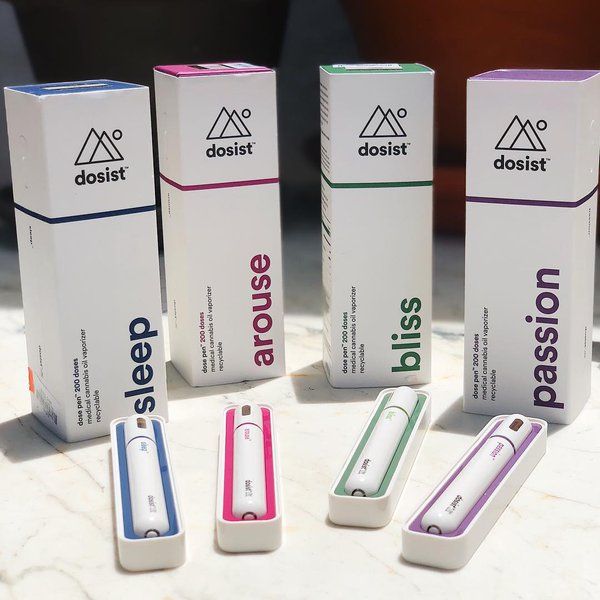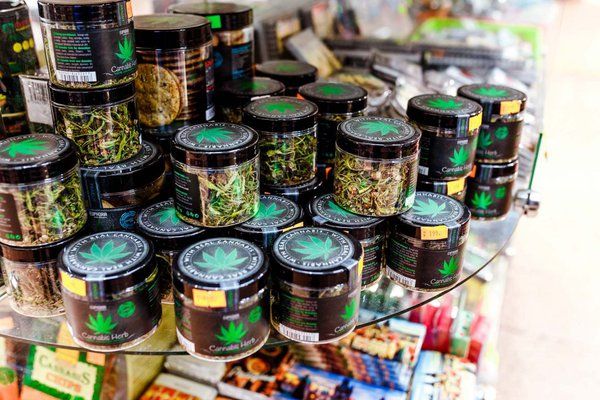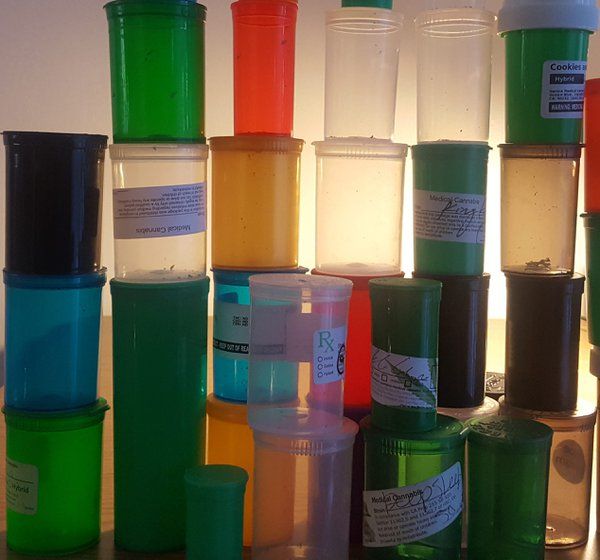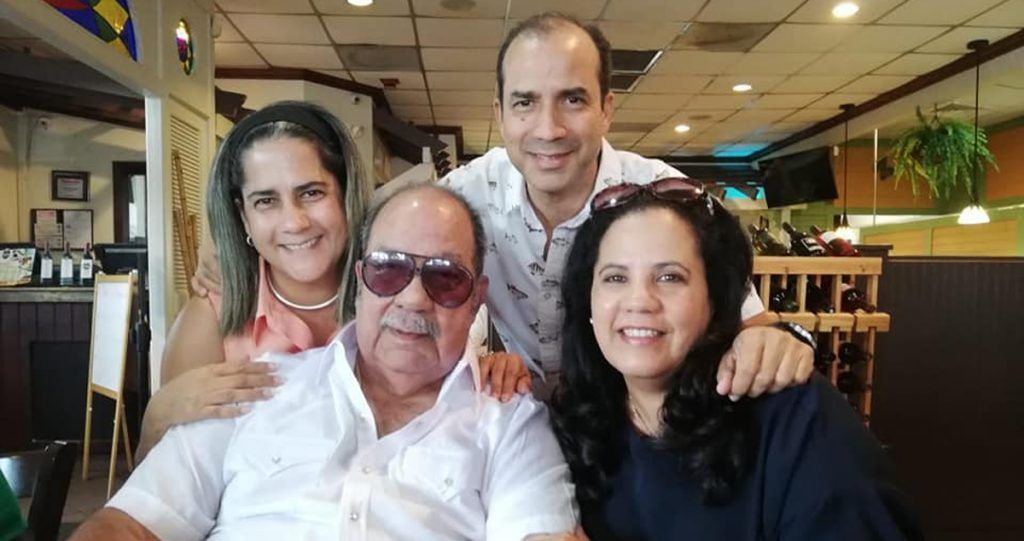Baron23
Well-Known Member
So, the only intelligent beings in the entire universe who don't know this (see title of article) are our political, so-called, leaders.
If marijuana remains a Schedule I substance, we can never do the research everyone knows we need
Cannabis has been known to humans for thousands of years, and there is nearly universal support for medical cannabis: Over 90 percent of Americans believe that cannabis should be legalized for medical use, according to a Quinnipiac Poll. Currently, 33 states and Washington, D.C., have legalized cannabis for medical purposes, and states such as Georgia have acted to expand medical cannabis laws.
In Georgia, for example, patients can register with the Georgia Department of Health and receive a card allowing them to possess cannabis for medical reasons. However, it is illegal for anyone to grow, buy or sell cannabis in the state, making it difficult for registered patients to actually acquire it. Just recently, though, the Georgia Legislature passed a bill to allow for the growing, manufacturing, testing and distribution of medical cannabis to those who have been approved by their physicians.
However, as the legal status of medical cannabis continues to evolve and its use increases — and after many years of human cultivation — we still don’t have a full understanding of the plant’s medicinal benefits.
With the 2018 Food and Drug Administration approval of an oral cannabidiol (CBD) solution derived from the Cannabis sativa plant called Epidiolex for the treatment of two rare forms of epilepsy — Lennox–Gastaut syndrome and Dravet syndrome — there is conclusive evidence of at least a limited therapeutical nature of cannabis.
There is also some evidence of further benefits of the plant, but the federal government and congressional inaction have made additional research unnecessarily difficult.
A 2017 report by the National Academies of Sciences, Engineering, and Medicine on the health effects of cannabis found that “There are several challenges and barriers in conducting cannabis and cannabinoid research,” including “the classification of cannabis as a Schedule I substance, that impede the advancement of cannabis and cannabinoid research” and “the difficulty for researchers to gain access to the quantity, quality, and type of cannabis product necessary to address specific research questions on the health effects of cannabis use.”
In 2019, we believe there should be more medical options available outside of traditional therapies, and it’s troubling that the federal government is standing in the way of research to clearly determine the health benefits of cannabis. Cannabis could be a life-changing miracle for some patients, and we need the research to prove so, or to let patients know that they need to pursue a different treatment.
To address this situation for patients, we believe the first step is to change the schedule of cannabis. While the Drug Enforcement Administration has taken some action to address the restrictive class of some forms of cannabis, currently cannabis itself is still classified as a Schedule I drug under the Controlled Substances Act. This classifies cannabis with the likes of heroin, LSD and ecstasy.
The current schedule of cannabis brings about a number of challenges, including regulatory and supply issues. As long as it remains a Schedule I drug, we cannot properly study the effects or potential benefits of medical cannabis as the drug faces significant federal restrictions due to this classification: Under the current system, it is not recognized as a drug that would have any tangible medical benefits at all. And, researchers seeking to conduct clinical research must jump through several hoops to submit an application to the FDA and get approval from the DEA before starting their work.
Furthermore, all research efforts must go through the National Institute on Drug Abuse and the cannabis used must be sourced from their authorized facility. In 2016, the DEA announced that it would create a process to license additional manufacturers for research, but it has yet to approve a single application despite bipartisan congressional pressure.
In all, these additional hurdles create layers upon layers of bureaucratic red tape that must be overcome in order to even begin researching the medical benefits of cannabis.
While many of our colleagues in Congress may have differing opinions on the decriminalization of adult-use cannabis, we believe one thing on which we can all agree is the need to allow and facilitate better research into the drug’s potential medical benefits.
We’re glad to see the U.S. surgeon general shares this sentiment: He said in December that he has concerns about the difficulty of conducting research on cannabis because of the scheduling system, but it’s not enough. The federal government must get out of the way of science, and allow for the American people to access the information necessary to treat pain and potentially save lives, especially as the opioid epidemic is ravaging our communities.
We are two members of Congress from different parts of the country with differing views on whether the recreational use of cannabis should be legalized. However, we’re committed to working together to deliver better treatments for patients across the nation who desperately need them. Changing the schedule of cannabis is an important place to start.
If marijuana remains a Schedule I substance, we can never do the research everyone knows we need
Cannabis has been known to humans for thousands of years, and there is nearly universal support for medical cannabis: Over 90 percent of Americans believe that cannabis should be legalized for medical use, according to a Quinnipiac Poll. Currently, 33 states and Washington, D.C., have legalized cannabis for medical purposes, and states such as Georgia have acted to expand medical cannabis laws.
In Georgia, for example, patients can register with the Georgia Department of Health and receive a card allowing them to possess cannabis for medical reasons. However, it is illegal for anyone to grow, buy or sell cannabis in the state, making it difficult for registered patients to actually acquire it. Just recently, though, the Georgia Legislature passed a bill to allow for the growing, manufacturing, testing and distribution of medical cannabis to those who have been approved by their physicians.
However, as the legal status of medical cannabis continues to evolve and its use increases — and after many years of human cultivation — we still don’t have a full understanding of the plant’s medicinal benefits.
With the 2018 Food and Drug Administration approval of an oral cannabidiol (CBD) solution derived from the Cannabis sativa plant called Epidiolex for the treatment of two rare forms of epilepsy — Lennox–Gastaut syndrome and Dravet syndrome — there is conclusive evidence of at least a limited therapeutical nature of cannabis.
There is also some evidence of further benefits of the plant, but the federal government and congressional inaction have made additional research unnecessarily difficult.
A 2017 report by the National Academies of Sciences, Engineering, and Medicine on the health effects of cannabis found that “There are several challenges and barriers in conducting cannabis and cannabinoid research,” including “the classification of cannabis as a Schedule I substance, that impede the advancement of cannabis and cannabinoid research” and “the difficulty for researchers to gain access to the quantity, quality, and type of cannabis product necessary to address specific research questions on the health effects of cannabis use.”
In 2019, we believe there should be more medical options available outside of traditional therapies, and it’s troubling that the federal government is standing in the way of research to clearly determine the health benefits of cannabis. Cannabis could be a life-changing miracle for some patients, and we need the research to prove so, or to let patients know that they need to pursue a different treatment.
To address this situation for patients, we believe the first step is to change the schedule of cannabis. While the Drug Enforcement Administration has taken some action to address the restrictive class of some forms of cannabis, currently cannabis itself is still classified as a Schedule I drug under the Controlled Substances Act. This classifies cannabis with the likes of heroin, LSD and ecstasy.
The current schedule of cannabis brings about a number of challenges, including regulatory and supply issues. As long as it remains a Schedule I drug, we cannot properly study the effects or potential benefits of medical cannabis as the drug faces significant federal restrictions due to this classification: Under the current system, it is not recognized as a drug that would have any tangible medical benefits at all. And, researchers seeking to conduct clinical research must jump through several hoops to submit an application to the FDA and get approval from the DEA before starting their work.
Furthermore, all research efforts must go through the National Institute on Drug Abuse and the cannabis used must be sourced from their authorized facility. In 2016, the DEA announced that it would create a process to license additional manufacturers for research, but it has yet to approve a single application despite bipartisan congressional pressure.
In all, these additional hurdles create layers upon layers of bureaucratic red tape that must be overcome in order to even begin researching the medical benefits of cannabis.
While many of our colleagues in Congress may have differing opinions on the decriminalization of adult-use cannabis, we believe one thing on which we can all agree is the need to allow and facilitate better research into the drug’s potential medical benefits.
We’re glad to see the U.S. surgeon general shares this sentiment: He said in December that he has concerns about the difficulty of conducting research on cannabis because of the scheduling system, but it’s not enough. The federal government must get out of the way of science, and allow for the American people to access the information necessary to treat pain and potentially save lives, especially as the opioid epidemic is ravaging our communities.
We are two members of Congress from different parts of the country with differing views on whether the recreational use of cannabis should be legalized. However, we’re committed to working together to deliver better treatments for patients across the nation who desperately need them. Changing the schedule of cannabis is an important place to start.


